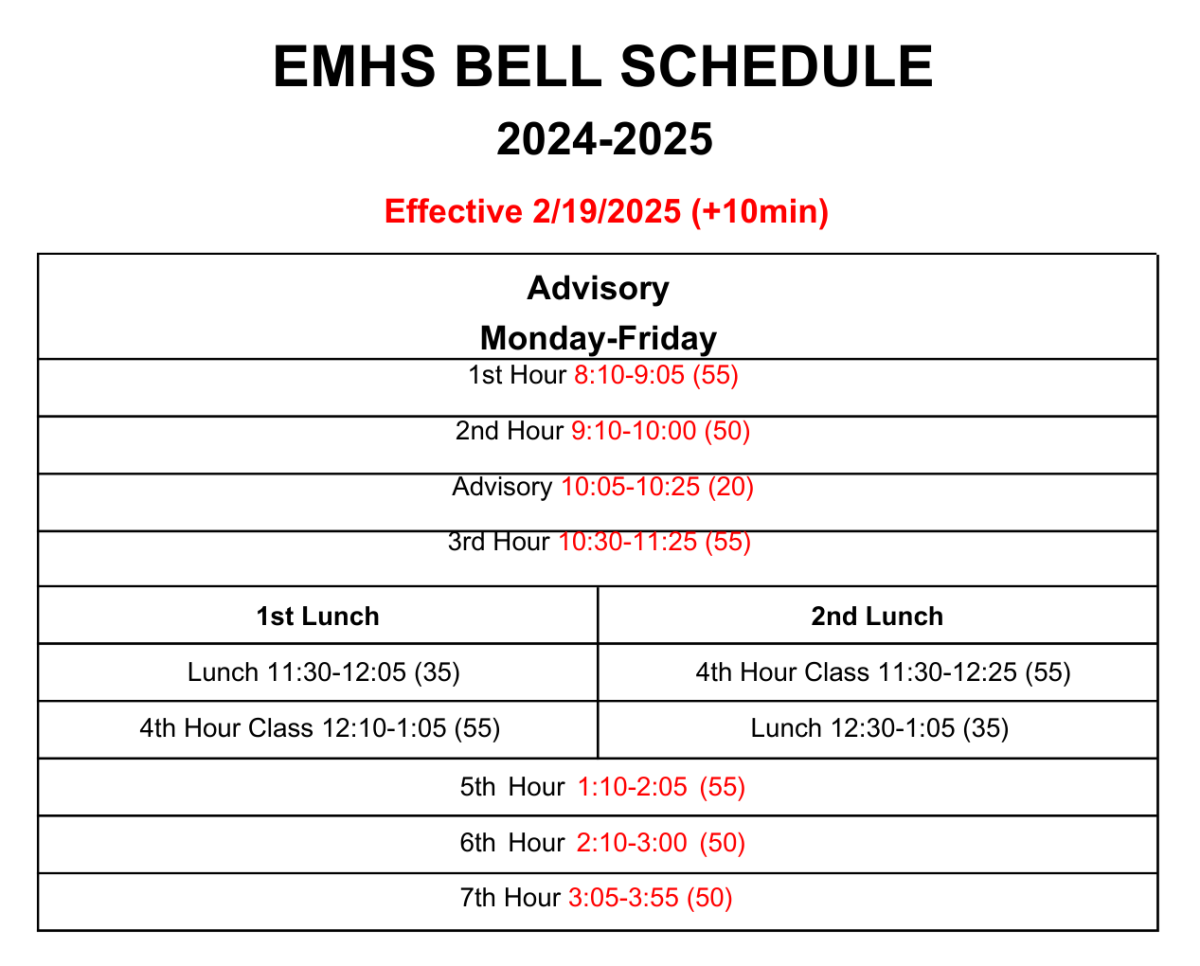The beginning of the second semester and the quick approach of the final months of school mean one thing for students taking Advanced Placement classes in high school: AP tests. AP tests were created in 1952, allowing students to take these “Advanced Placement” classes and eventually the test in order to earn college credit while in high school. However, it may be up for debate as to whether tying all of the students’ knowledge to one test is the best way to determine if they are eligible to receive college credit.
College courses last one semester each, and grades accumulate throughout the extent of the class. AP classes for high school, though, do not. No matter the grade one may have in the class by the end of both semesters, the test at the end of the spring semester determines whether one is eligible to receive college credit and what level of skill they have attained after taking that class.
An article by Study.com explains that the stress of testing can lead to “anxiety, fatigue and a lack of motivation.” All AP classes come down to a single test in which students are required to sit for hours on end attempting to recall steep amounts of information that they learned in the past year. This could include a specific topic or a whole unit that was learned eight or nine months ago and had minimal review time set aside for it. Therefore, this could increase the anxiety of students during the test and further their chances of performing poorly overall.
AP tests are scored based on a scale of one to five, with the qualifying scores for colleges ranging from three to five. These scores then translate into specific college course grade equivalents. This is partially understandable as the AP exams test many different skills that can translate into skills used in college courses. Unfortunately, some students are naturally poor test-takers, lacking the ability to stay focused, recall information at a moment’s notice or may just not have the confidence to do well on such important tests. Although there may be similar issues with college courses, with grades relying heavily on midterms or semester finals, grades for these still allow for recommendations from peers, such as in-depth conversations or edits that can further the quality of content or skills required for testing.
Aside from the disadvantages of the test itself, AP tests are much more affordable for all students, especially those in low-income families. The College Post explains that the average college in the US costs around $1,677 in tuition. For many people, taking AP tests means that they can save the thousands of dollars that college courses would normally cost while still learning the required content for high school credit. The classes are free for anyone to take, but the AP exams are $99 each, or $37 each for those eligible for a fee reduction.
Even so, some may wish for a better process of scoring the knowledge attained during AP classes, even if not relying completely upon a student’s class grade. A happy medium between earning college credit in high school and being able to limit the amount of stress while doing so would be a great way for students to still obtain the clear advantages of AP classes and tests. For example, the AP Capstone class, AP Seminar, requires students to practice the skills required for the course throughout the year but still allows them to practice their materials for the test in class and receive feedback from peers. Lastly, there is still a small timed portion of the test that is given, which contributes to determining the level of college credit that the student is eligible for.
AP classes are a great way for students to earn high school and college credits at the same time, while also saving money. However, it may need to be considered as to whether this is the best way to determine whether or not students should receive credit when there may be a more efficient and beneficial method for all students.
Contact Esther Wood at ruffdraftemhs@edmondschools.net





































